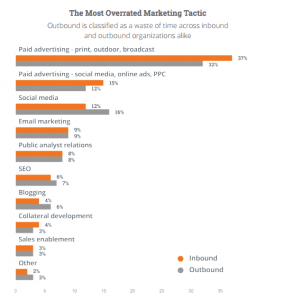Last week, we explored the four basic ways to monetize your video and how they can be combined to generate revenue. According to a recent survey, more than 83 percent of consumers watch on-demand video which gives content owners a huge potential revenue stream, if they do it right.
Whether you prefer putting your content behind a pay wall, require a subscription or incorporate sponsorship and ads into your strategy, there are a number of backend components, technologies, and business considerations you should keep in mind:
- Payment processing—For anything but advertising-supported monetization, you’ll need a way to process transactions like a merchant account, a shopping cart, etc. One of the considerations you’ll need to make is if you want to handle those transactions yourself. A lot of businesses will outsource the actual processing/shopping activities to a third party because of the Payment Card Industry Data Security Standard (PCI DDS) requirements. If you decide to process these fees on your own, keep in mind that your infrastructure, and all your partners, will need to be PCI compliant as well.
- Ad integration—If you are thinking about subsidizing or monetizing your content with advertising – whether the ads are rolled directly into the video, overlay the video or take the form of banner ads around the player – you’ll need to integrate with an ad server as well. If you do this yourself, you will also be required to sell your own advertising. You can also choose to utilize a third-party ad network. In the former, you’ll keep more of the advertising money but will need add resources and staff to sell your space. In the later, you can quickly get ads integrated but you’ll give up some of the ad revenue to the network who is selling ad space on your behalf.
- Security—You can’t start offering your content for sale without a comprehensive security strategy. For example, with T-VOD, you’ll most likely need digital rights management (DRM) to ensure playback rights. For S-VOD, you’ll probably need geofencing and tokenization to prevent stream hijacking. For pay-per-view, you might need some sort of watermarking solution in addition to geofencing and tokenization. Finally, you’ll need to make sure that your website or origin is available when your audience wants to consume your content and that will require a DDoS mitigation and scrubbing solution to guarantee 24/7 uptime.
- Content Discovery—When running a streaming business with a variety of video content, , you’ll definitely need something to facilitate content discovery (i.e., a recommendation engine). Without this, you’re putting the onus of finding new content to watch on your viewer and it won’t be long before they get bored. Good content discovery functionality helps support your business model by providing enhanced value to the viewer.
- Subscriber value—With S-VOD or subscription-based monetization, you need to consider what kind of subscriber value you are providing above and beyond just your video content. Perhaps it’s exclusive access to new material. Perhaps it’s third-party partner benefits such as access to other content that you share with another provider. Regardless, if you want to keep your subscribers sticky, you need to build value around the subscription.
Monetizing your video isn’t difficult. It’s a matter of picking the right business model that fits your needs and then implementing the appropriate technologies, features, and value to drive long-term viewer loyalty. Because without that, you won’t be able to keep the viewers to make your monetization worthwhile.
Digital & Social Articles on Business 2 Community(13)





